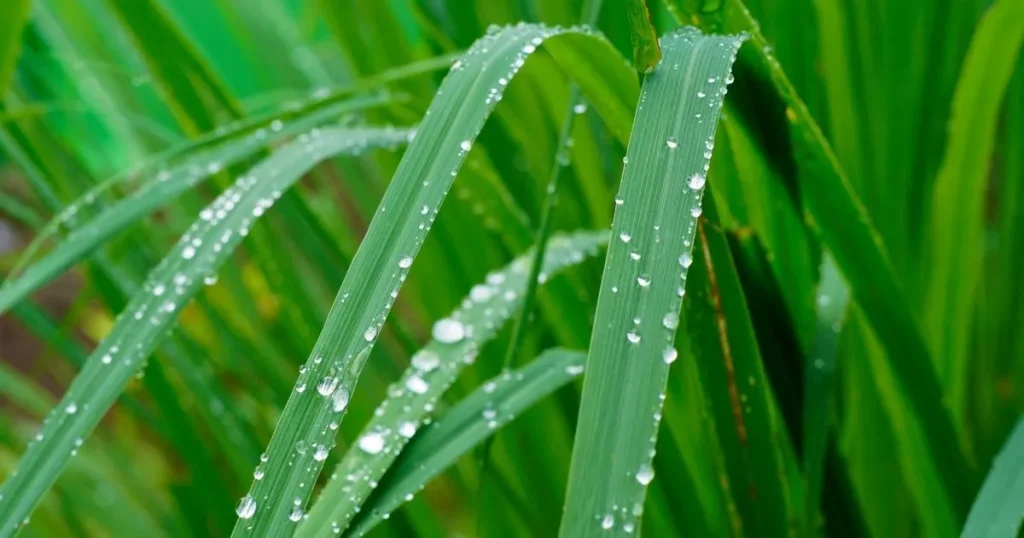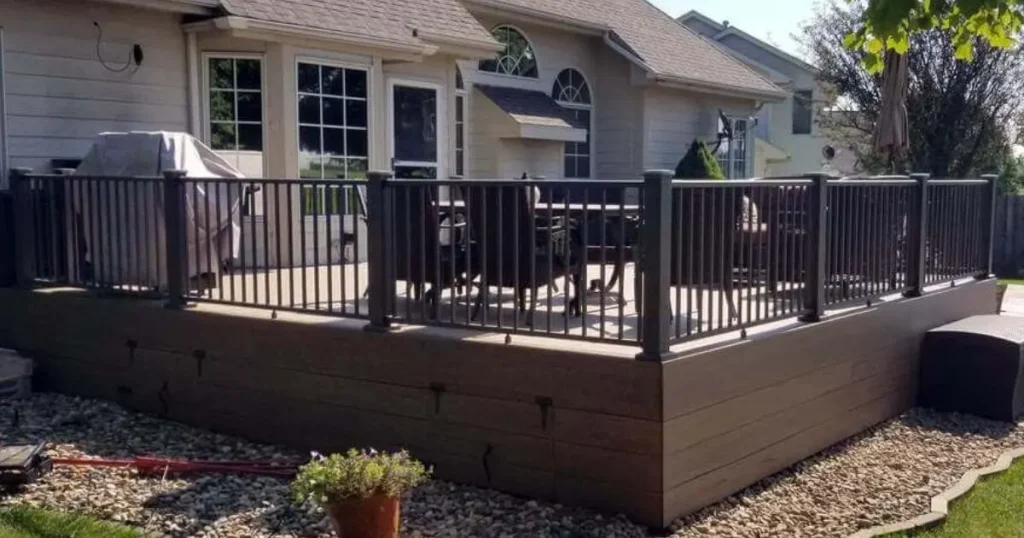Lemongrass, scientifically known as Cymbopogon citratus, is a versatile and aromatic herb widely used in culinary dishes, herbal teas, and natural remedies. Its refreshing citrus scent and tangy flavor make it a favorite in Asian cuisines, especially Thai and Vietnamese dishes.
Besides its culinary uses, lemongrass is valued for its medicinal properties, including its ability to aid digestion, relieve stress, and reduce inflammation. When it comes to growing and caring for lemongrass, understanding its origins and characteristics is essential.
Lemongrass is native to tropical regions like Southeast Asia, where it thrives in warm climates with plenty of sunlight. Its tall, slender stalks and long, blade-like leaves make it a distinctive addition to any garden or herb collection.
Growing Lemongrass
Growing From Seed
If you want to grow lemongrass from seed, it can be a satisfying experience, but it requires patience and attention to detail. First, get high-quality lemongrass seeds from a trusted supplier or harvest them from mature plants. To grow your seeds successfully, plant them in soil that drains well.
Keep the soil moist consistently until germination occurs, which usually takes two to three weeks. After your seedlings have grown a few inches tall, transferring them into larger pots or planting them directly into the ground is best. Make sure to give them enough space to spread out as they mature.
Purchasing Lemongrass Plants
Purchasing established lemongrass plants is a convenient option for those who prefer a quicker start. Look for healthy plants with vibrant green leaves and strong, upright stalks. Choose a variety that suits your climate and growing conditions, as lemongrass comes in several cultivars with varying cold tolerance levels.
When planting purchased lemongrass, ensure the soil is well-drained and enriched with organic matter. Water the plants regularly, especially during dry spells, and provide adequate sunlight to promote healthy growth.
Transplanting Lemongrass Plants
Transplanting lemongrass plants is straightforward but requires careful handling to avoid damaging the roots. Choose a sunny location with well-draining soil for transplanting, and dig a hole slightly larger than the plant’s root ball.
Gently remove the plant from its container, being mindful not to disturb the roots excessively. Place the plant in the hole and backfill it with soil, firming it gently around the base of the plant. Water thoroughly after transplanting to help the roots establish in their new location.
By following these tips for growing lemongrass from seed, You can enjoy a thriving lemongrass garden that provides fresh herbs for cooking and wellness by purchasing healthy plants and transplanting them effectively.
Caring for Lemongrass
When caring for your lemongrass plant, there are several key aspects to keep in mind to ensure its health and vitality. Let’s delve into each of these aspects in detail:
Watering
Proper watering is crucial for the well-being of your lemongrass. Aim to keep the soil consistently moist but not waterlogged. Water your lemongrass deeply, allowing the water to penetrate the roots. It’s best to water in the morning to avoid excess moisture at night, which can lead to fungal issues.
Light Requirements
Lemongrass thrives in full sun, so providing it with at least 6-8 hours of direct sunlight daily is essential. Ensure that your lemongrass plant is placed where it receives ample sunlight throughout the day. Insufficient light can result in leggy growth and diminished flavor.
Soil Conditions
Lemongrass prefers well-draining soil with a slightly acidic to neutral pH level. A sandy loam soil enriched with organic matter is ideal for optimal growth. Avoid heavy clay soils that retain too much water, leading to root rot. Regularly check the soil moisture and adjust watering to maintain proper soil conditions.
Fertilizing
To promote healthy growth and robust flavor, fertilize your lemongrass plant during the growing season. Use a balanced, slow-release fertilizer or organic compost to provide essential nutrients. Apply fertilizer sparingly to prevent overfeeding, which can cause excessive foliage growth at the expense of flavor concentration.
Pruning Techniques
Regular pruning is essential for maintaining a compact and productive lemongrass plant. Remove dead or yellowing leaves to encourage new growth and prevent the spread of diseases. Trim back overgrown stems to promote bushier growth and enhance the overall appearance of your plant. Pruning also helps maintain airflow and reduce the risk of pest infestations.
By paying attention to these key aspects of caring for your lemongrass plant—proper watering, adequate light, optimal soil conditions, strategic fertilizing, and regular pruning—you can ensure that your plant thrives and continues to delight you with its refreshing citrus aroma and flavor.
Common Problems and Solutions
Dealing with Mold
Mold can be a pesky issue for lemongrass plants, especially in humid environments. To tackle mold effectively, start by ensuring proper airflow around your plants. Trim any overcrowded areas to allow for better ventilation, reducing the moisture that mold thrives on.
Additionally, avoid overwatering, as excess moisture can encourage mold growth. If you notice mold on your lemongrass, gently wipe affected areas with a damp cloth and consider applying a natural fungicide like neem oil or a mixture of baking soda and water to prevent further spread.
Addressing White Spots
White spots on lemongrass leaves can indicate various problems, including fungal infections or pest infestations. To address white spots, inspect your plants regularly for signs of pests such as aphids or mealybugs.
Remove any affected leaves and treat the remaining foliage with insecticidal soap or neem oil to deter pests. If white spots persist, consider adjusting your watering schedule to avoid water sitting on leaves, as this can create conditions favorable for fungal growth.
Managing Brown, Droopy Leaves
Brown, droopy leaves on lemongrass often indicate inadequate watering or nutrient deficiencies. Check the soil moisture regularly and water your plants deeply when the top inch of soil feels dry. Ensure proper drainage to prevent waterlogged roots, which can lead to root rot and drooping leaves.
If nutrient deficiencies are suspected, consider fertilizing your plants with a balanced fertilizer formulated for herbs. Trim any severely damaged leaves to encourage new growth and overall plant health.
Preventing Brittle Leaves
Brittle leaves on lemongrass can result from insufficient watering, extreme temperatures, or nutrient imbalances. To prevent brittle leaves, maintain consistent watering, especially during hot and dry periods.
Protect your plants from temperature extremes by providing shade during scorching days and shelter during cold snaps. Ensure your lemongrass receives adequate nutrients by fertilizing regularly with a balanced fertilizer and addressing any soil deficiencies based on a soil test.
Growing and caring for lemongrass plants requires attention to detail and understanding their needs. By following the guidelines in this guide, you can enjoy a thriving lemongrass garden and reap the benefits of this versatile herb.
Frequently Asked Questions
How long does it take for lemongrass to grow from seeds?
Lemongrass typically takes about 10-14 days to germinate from seeds. However, it may take several months to establish strong roots and reach maturity for harvesting.
What are the ideal growing conditions for lemongrass?
Lemongrass thrives in warm climates with plenty of sunlight. It prefers well-draining soil with regular watering and temperatures above 60°F (15°C).
Can I grow lemongrass indoors?
Yes, you can grow lemongrass indoors in pots or containers. Ensure they receive at least six hours of sunlight daily and use a well-draining potting mix.
How often should I water lemongrass plants?
Water lemongrass plants regularly, keeping the soil consistently moist but not waterlogged. Watering frequency may vary depending on weather conditions and soil moisture levels.
Do lemongrass plants require fertilizer?
Yes, lemongrass benefits from regular fertilization using organic fertilizer. Apply fertilizer every 4-6 weeks during the growing season to promote healthy growth.
How do I prevent common problems like mold and pests on lemongrass plants?
To prevent mold, ensure good air circulation around the plants and avoid overwatering. Use organic pest control methods like neem oil or insecticidal soap to manage pests like aphids and whiteflies.
When is the best time to harvest lemongrass?
Lemongrass can be harvested once it reaches a height of about 12-24 inches (30-60 cm). Harvest by cutting the outer stalks near the base using scissors or pruning shears.
Can I propagate lemongrass from cuttings?
Yes, lemongrass can be propagated from cuttings. Select healthy stems with roots attached and plant them in moist soil. Keep the soil consistently moist until new growth appears.
How can I store harvested lemongrass?
Harvested lemongrass can be stored fresh in the refrigerator for up to two weeks. You can also dry the leaves and store them in an airtight container for long-term use.
What are the culinary uses of lemongrass?
Lemongrass is commonly used in Asian cuisine to add a citrusy flavor to soups, curries, stir-fries, and marinades. It can also be used to make tea or infused into oils and syrups for flavoring.
- Top 12 Essential Gardening Tools for Beginners - June 19, 2024
- Top Gardening Tips for Beginners in 2024 - June 8, 2024
- How To Grow And Care For Peace Lily - April 28, 2024



